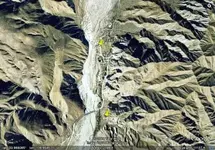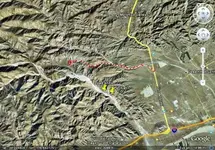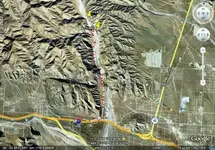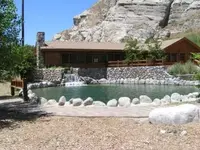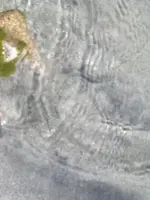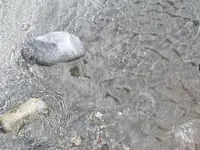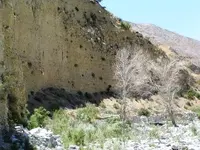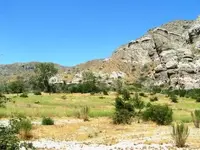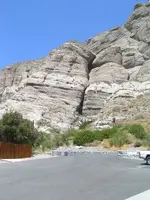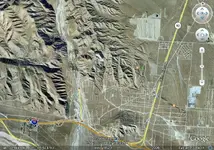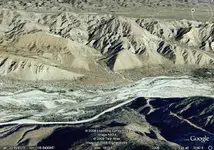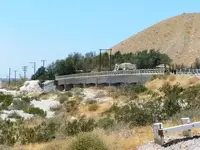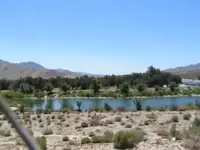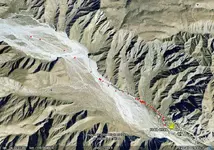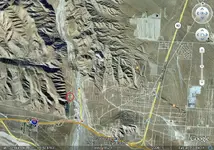Hey, my mom was born in Palm Springs. And I'm a native of the area. I remember back around 1965 give or take a year that the whitewater river almost crested Hwy 10s overpass. Back in the day, my mom had to take jackrabbit trail to get to Riverside from Palms Springs. Back then there was no Hwy. 60 or a Hwy 10 for that matter. My Mom has told me stories about how they had to make the trip from Palm Springs to Riverside and back in a Model T.
My great uncle, Lawrence Crossley, opened up the first Water company in Palm Springs. He bought 40 acres from the Chief. He has a Road named after him at this Google map location: Crossley Rd @33.810443, -116.484257 and this is the housing tract that is named after him, and this street bares first name: Lawrence St @33.799424, -116.477141
My Grandfather actually opened and closed the valves at the Pumping station in Whitewater Canyon. That was back in the 30’s, 40's and 50's.
The overburden is so deep in the canyon that if there was gold there you would need heavy equipment to get down to it. I know. Gold is where you find it. But it’s best to go where gold has been found before. No mines are in the area, and that means there is a high probability that gold isn’t either. Old Dale, New Dale and Rattlesnake Canyon are your best bets. If you want to find small gold and you have a dry washer you can try this spot, the Ben Butler Mine:
Unknown road @34.198590, -115.961540
And it’s open up to Recreational Mining, I have found color there and the land is administered by the BLM.
Quoted from:
http://www.guiltandpleasure.com/index.php?site=rebootgp&page=gp_article&id=118
“There’s the story of Lawrence Crossley, who came to Palm Springs in 1928 as the chauffeur of the wealthy white developer Prescott T. Stevens. One of the city’s first black residents, Crossley — whose biography is shelved right after Bing Crosby’s in the local history archives of the Palm Springs Library — helped Stevens develop El Mirador Hotel and is credited with building its nine-hole golf course, the city’s first. Crossley couldn’t play there, though, nor could he stay at the Mirador.
When black entertainers such as Nat King Cole, Ella Fitzgerald, and Mahalia Jackson came to Palm Springs, they weren’t allowed at El Mirador, the very place where for six winters in the thirties, two white men pretending to be black broadcast the legendary Amos ’n’ Andy radio show.”
End Quote.
If you really want a good read, take a look at what they did to the people who lived in Section 14. And you can also see the complete story of my uncle in the Press Enterprise archives.
One more thing, the Whitewater River Rock Company has been there years. And if gold was any place near by they surely would have started mining it by now.



